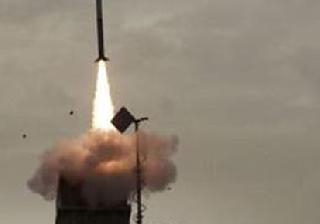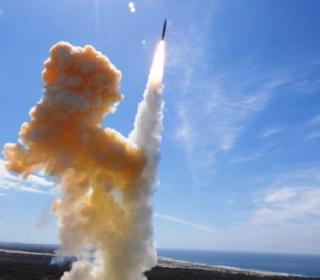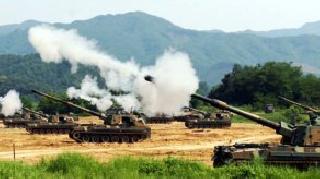
A file photo.
JERUSALEM (AFP): The Israeli air force has successfully tested an upgraded version of its "Iron Dome" missile defence system, the defence ministry has said.
"This test constitutes a new success in the project to strengthen the Iron Dome's performance," Defence Minister Ehud Barak said in a statement on Sunday.
"Israel has invested an enormous budget to finance the different missile defence systems that should allow us to protect the whole of our territory within a few years," he added.
Israeli television said the latest version of the Iron Dome is designed to intercept medium-range missiles, such as those possessed by Syria and the Lebanese Hezbollah group.
The first Iron Dome battery was installed in March 2011 near Beersheva in the Negev desert region, 40 kilometres (25 miles) from the Gaza Strip, and has intercepted more than 100 rockets since then.
Southern Israel is regularly targeted by rocket attacks from Palestinian Hamas-controlled Gaza, to which it often responds with air raids.
Each battery has radar detection and tracking system, a firing control system and three launchers for 20 interception missiles. They have a range of four to 70 kilometres (2.5 to 44 miles).
Military experts say 13 batteries are needed to be defending the whole of Israel's territory, an arsenal that will take several years to build up. Israel says it has invested 1 billion in the project.
Each time an Iron Dome battery is fired, it costs almost $50,000 (39,000 euros), according to media reports.
The Iron Dome system is developed by Rafael Advanced Defence Systems, a public arms company based in the northern town of Haifa, and part-funded by the United States.
The Israeli missile defence programme includes other systems, including Arrow, which is for ballistic missiles, and David's Sling, for medium-range attacks.
 Previous Article
Previous Article Next Article
Next Article











The Indian Air Force, in its flight trials evaluation report submitted before the Defence Ministry l..
view articleAn insight into the Medium Multi-Role Combat Aircraft competition...
view articleSky enthusiasts can now spot the International Space Station (ISS) commanded by Indian-American astr..
view article